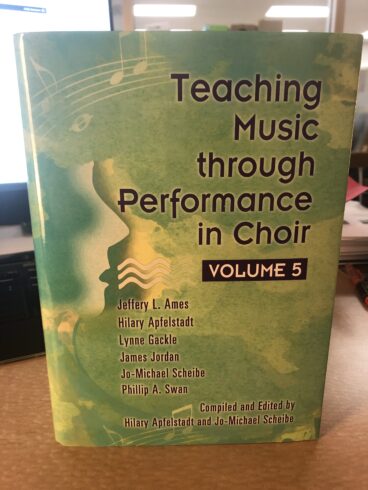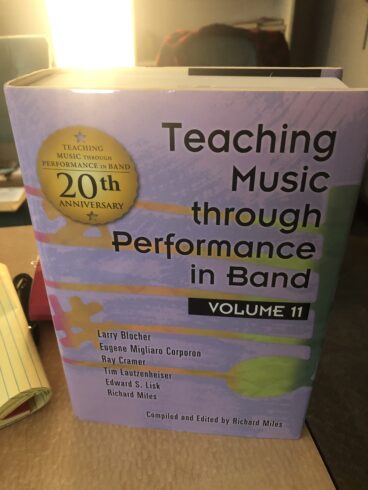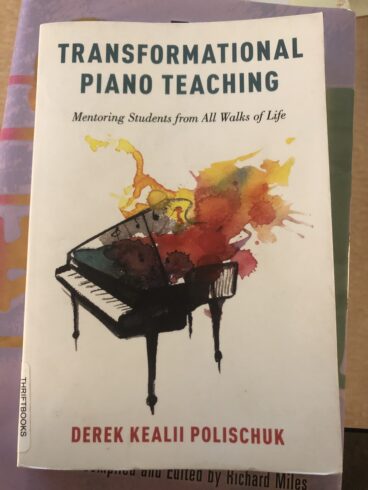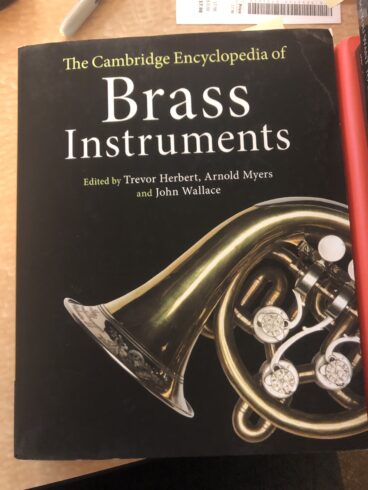While we would all love to be the next Beyonce, the likelihood of that happening is slim. More often than not most of us will sing in the shower or the car ride to and from work or school, instead of in front of thousands of screaming fans.
However, that doesn’t mean music is not important to learn from a young age and continue to use throughout a person’s adult life. Research shows that music can help students developmentally and in other subjects, along with help in memory (all the song lyrics that most people have memorized).
Teaching music brings its own set of joys. Here are books that provide the means to teach music to students in a variety of formats and instruments.
 Part of a series that remains one of the most important resources for choir directors looking for quality repertoire that has been vetted by a distinguished panel of educators. Containing Teacher Resource Guides for approximately 100 works, organized by difficulty. Selected by a team of leading choir directors, the repertoire in Volume 5 balances SATB literature with works for treble and tenor/bass choirs.
Part of a series that remains one of the most important resources for choir directors looking for quality repertoire that has been vetted by a distinguished panel of educators. Containing Teacher Resource Guides for approximately 100 works, organized by difficulty. Selected by a team of leading choir directors, the repertoire in Volume 5 balances SATB literature with works for treble and tenor/bass choirs.

This 1100 page volume builds on a twenty-year tradition of providing essential and innovative information for wind band conductors. It includes Teacher Resource Guides for 100 significant works published for Grades 2-6. Each Guide includes information about the composer, the work, historical perspectives, technical considerations, and more. A significant and indispensable resource for the wind band profession.

Empowering piano teachers to build their students’ artistic and empathic potential, and their lifelong personal motivational framework. Exploring the influences of family, peers, interpersonal relationships, and social media, Derek Polischuk discusses howe to meet the needs of today’s students from a diverse range of circumstances.


Whether you are a pre-service, newly-hired, or veteran elementary general music teacher, Engaging Musical Practices: A Sourcebook on Elementary General Music offers a fresh perspective on topics that cut across all interactions with K-5th grade music learners. Chapter authors share their expertise and provide strategies, ideas, and resources to immediately apply their topics; guiding focus on inclusive, social, active, and musically-engaging elementary general music practices.
An honorable mention:
Thirty-two experts from fifteen countries join three of the world’s leading authorities on the design, manufacture, performance, and history of brass musical instruments in this first encyclopedia on the subject.
